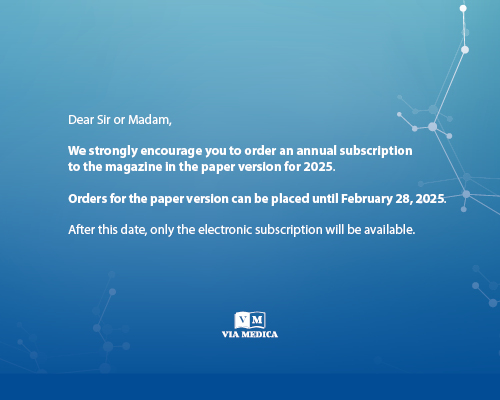Vol 58, No 1-4 (2007)
MARITIME HEALTH
Published online: 2010-03-26
Seafarers’ wives and intermittent husbands – social and psychological impact of a sub-group of Norwegian seafarers’ work schedule on their families
IMH 2007;58(1-4):115-128.
Abstract
Objective – To examine the psycho-social impact of work schedules (absence from
home) on the families of a subgroup of Norwegian seafarers as reported by their wives
(sea wives). Their husbands worked 4-6 weeks on and 4-6 weeks off Norwegianregistered
multipurpose vessels (MPV) supporting the off-shore oil industry.
Methods – Questionnaires addressing demographic characteristics, marital satisfaction, social support, subjective health and psychological well-being were distributed to sea wives and controls .The response rate was 57% (192/336) for sea wives and 39% (45/114) for controls
Results – There was no difference in demographic characteristics between sea wives and controls except that the sea wives were younger (p<0.01). No differences between sea wives and controls were found with regard to the quality of marital relationships, the subjective evaluation of own health, or mental well-being. Two percent of sea wives and controls had scores suggesting severe depression. In some respects, the sea wives had less social support than the controls. However, the majority of sea wives were content with their families’ life style.
Conclusions – The MPV seafarers’ absence from home in a 4 weeks on and 4 weeks off (or a 6 weeks on and 6 weeks off) rotation schedule appears to be well tolerated by their families. However, being alone for weeks at the time may exaggerate acute and chronic shore-side problems, and some sea wives may feel a need for more social support during their husbands’ absence.
Methods – Questionnaires addressing demographic characteristics, marital satisfaction, social support, subjective health and psychological well-being were distributed to sea wives and controls .The response rate was 57% (192/336) for sea wives and 39% (45/114) for controls
Results – There was no difference in demographic characteristics between sea wives and controls except that the sea wives were younger (p<0.01). No differences between sea wives and controls were found with regard to the quality of marital relationships, the subjective evaluation of own health, or mental well-being. Two percent of sea wives and controls had scores suggesting severe depression. In some respects, the sea wives had less social support than the controls. However, the majority of sea wives were content with their families’ life style.
Conclusions – The MPV seafarers’ absence from home in a 4 weeks on and 4 weeks off (or a 6 weeks on and 6 weeks off) rotation schedule appears to be well tolerated by their families. However, being alone for weeks at the time may exaggerate acute and chronic shore-side problems, and some sea wives may feel a need for more social support during their husbands’ absence.



